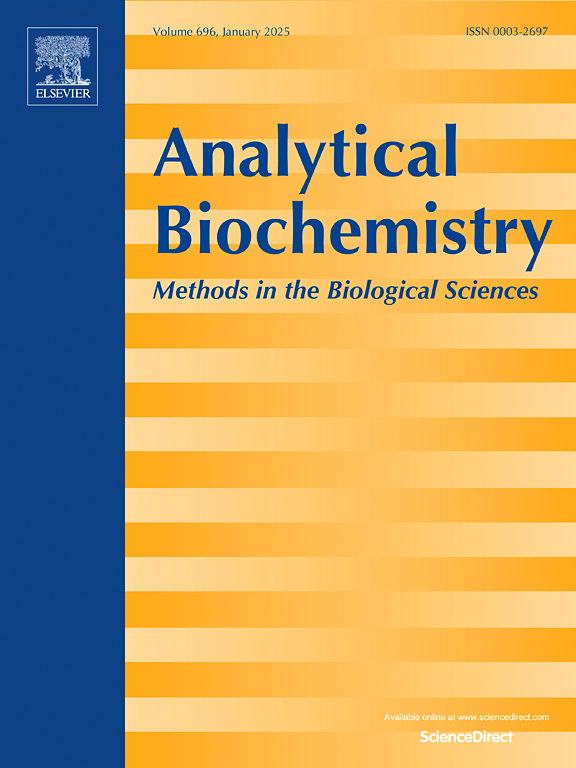A multi-technique approach to enlighten the role of metal coordination in calcitermin antiviral properties
IF 2.6
4区 生物学
Q2 BIOCHEMICAL RESEARCH METHODS
引用次数: 0
Abstract
In this work we presented how the use of suitable electroanalytical, thermodynamic and spectroscopic methods combined with proper experimental conditions can provide comprehensive information on the interaction between metal ions and peptides in solution, as a successful strategy for studying biological systems. Our candidate peptide is calcitermin, an effective metal chelator with significant anti-Candida and antibacterial activity in the presence of divalent metals. While the bioinorganic chemistry of calcitermin with zinc and copper is quite well described in the literature, no data about nickel complexes are available; we therefore deepened calcitermin ability to form nickel complexes by different analytical techniques, including potentiometry, ultraviolet–visible absorption spectrophotometry, circular dichroism and high-resolution mass spectrometry. Moreover, for the first time we have investigated the antiviral activity of calcitermin and its metal complexes towards Herpes simplex type 1. Despite the nickel-associated slow kinetics, which requires specific experimental precautions, calcitermin forms stable complexes with this cation at different pH conditions. Both the apopeptide and its metal complexes show a random coil secondary structure, which is often characteristic of viral cellular adhesion inhibition. This research highlights that calcitermin and its metal complexes can interfere with viral infections, particularly HSV-1, most likely by altering cell membrane permeability.

求助全文
约1分钟内获得全文
求助全文
来源期刊

Analytical biochemistry
生物-分析化学
CiteScore
5.70
自引率
0.00%
发文量
283
审稿时长
44 days
期刊介绍:
The journal''s title Analytical Biochemistry: Methods in the Biological Sciences declares its broad scope: methods for the basic biological sciences that include biochemistry, molecular genetics, cell biology, proteomics, immunology, bioinformatics and wherever the frontiers of research take the field.
The emphasis is on methods from the strictly analytical to the more preparative that would include novel approaches to protein purification as well as improvements in cell and organ culture. The actual techniques are equally inclusive ranging from aptamers to zymology.
The journal has been particularly active in:
-Analytical techniques for biological molecules-
Aptamer selection and utilization-
Biosensors-
Chromatography-
Cloning, sequencing and mutagenesis-
Electrochemical methods-
Electrophoresis-
Enzyme characterization methods-
Immunological approaches-
Mass spectrometry of proteins and nucleic acids-
Metabolomics-
Nano level techniques-
Optical spectroscopy in all its forms.
The journal is reluctant to include most drug and strictly clinical studies as there are more suitable publication platforms for these types of papers.
 求助内容:
求助内容: 应助结果提醒方式:
应助结果提醒方式:


